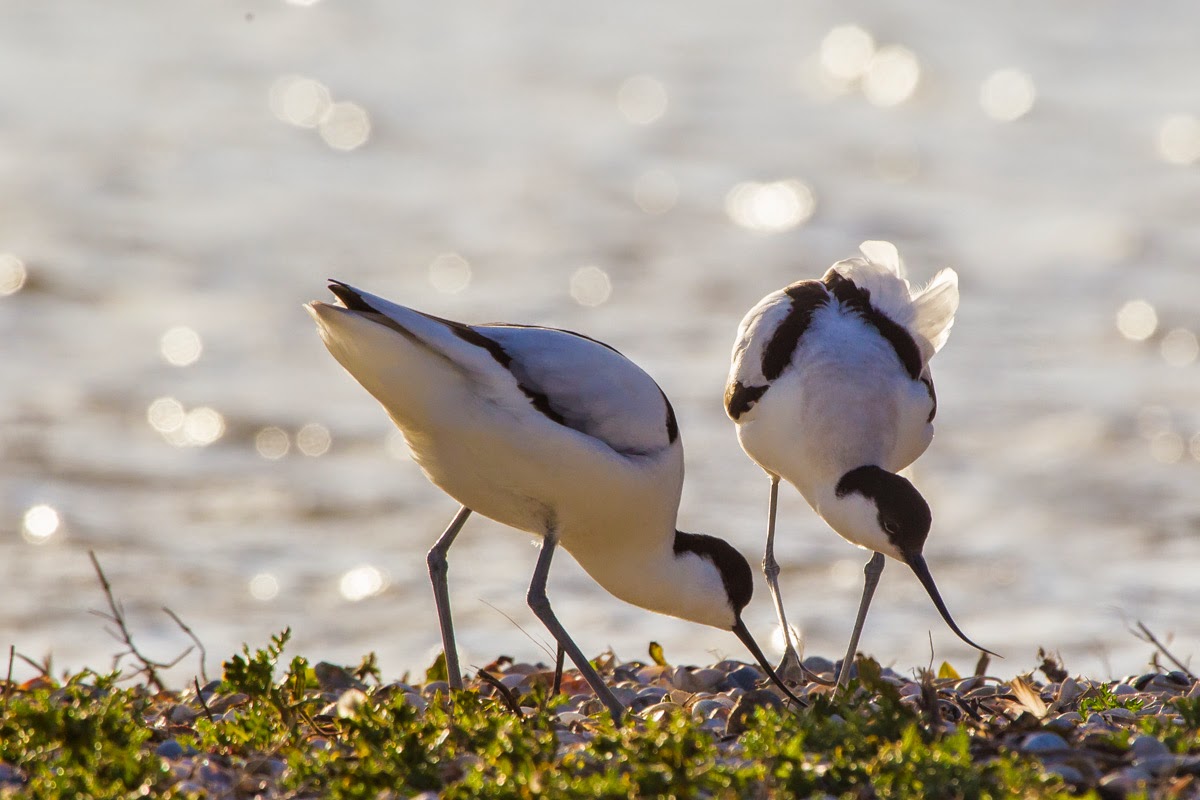Hi all.
This is the first post I write about non Dutch locations. During a short holiday back in Italy I decided I should find some subjects to photograph, and fortunately I have enough connections among hikers and nature enthusiasts to get the right tips. The low hanging fruit this time were marmots.
Based on the information I had "Val Ombretta" was the more convenient place to go. It is around 90 minutes driving from Belluno (IT), plus less than one hour walking on an easy and extrmely safe muletrack. The only issue was that to be there early, I had to wake up 4:30am (+ 2,5 hours of driving and walking).
The small valley is between the south side of the Marmolada and the Fop mountain. It hosts an alpine cows farm (during summer of course) and a mountain shelter, in season with bar and restaurant, at the other end of the valley.
I went there twice, first time with a light backpack, only the 70-200 zoom lens. This allowed me to scout the location without the urge of taking pictures. It also allowed me to take some nice landscape pictures as mist was unveiling Marmolada.
Mist and warm sunrise light are the prizes for who wakes up early in the morning to walk up a mountain, so little to do for so big reward.
The Val Ombretta valley is short and narrow, and very nice. There is a dry creek where probably the water flowing down the mountinas is collected during heavy rain. So, on the other side of this creek, there are marmots liars. With some precautions they can be approached, which allowed me - even with 200mm - to take some nice pictures.
So, after scouting for marmots I went back with the heavy weapons (the 500mm) and took some close-up of the marmots.
Even though I honestly prefer to take photos from more distant and see more environment around the subject.
Val Ombretta is highly recommended if it happens that you go to the Dolomites (Unesco heritage). after the shooting session it is possible to get some breakfast (I got yogurt) from the alpine farm, and walk down the path, back to the car at Malga Ciapela. At 9:30am I was in the car both days, needless to say that I met a lot of people walking uphill during my return, so.. being there early is imperative to avoid a busy valley, and nervous animals.
I have been told that at the end of the valley, there is another valley (Val Ombrettola) which could be a good spot for ibex. We will see next year, perhaps.
I took these photos on August 2015, all photos taken with Canon EOS 5D Mark II, Canon EF 70-200 F4L IS or Sigma 500mm F4.5 EX DG.
Please, contact me for any question or comment the article.
Thanks for reading.














































